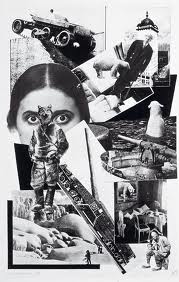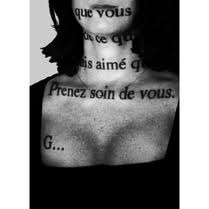1) What is described as “One of the most familiar concepts
in photography”?
Henri Cartier Bresson in
1933 took an image of a man jumping into the unknown. He captured a fraction of
the second in the right place and in the right time. Since that photograph a
decisive moment is one of the most recognisable concept in photography.
2) Should you trust a photograph? (1.38m G3)
“We thought that was the
world, now we realised that there was lot of missed in that. Trusting the
photography that was probably a huge mistake from the beginning”
Philosopher Arthur C.Danto
3) What was
revolutionary about the Leica in 1925?
Leica launched in
Germany in 1925. It was revolutionary camera as it was compact and quite, at
that time the latest lens technology which gave birth to the whole new style of
instant photography. It was also light weight and easy to carry. It had a viewfinder placed in the left side of
the camera which allowed the left eye to look around.
4) What did George Bernard Shaw say about all the
paintings of Christ?
“I would exchange every painting
of Christ for one snapshot”. Photography is about capturing the reality and
that is evidence of truth.
5) Why were Tony Vaccaros negatives destroyed by the
army censors?
Tony Vaccaros was a GI soldier
and photographer on a daily basis. 10 rolls of the negatives were destroyed
because they contained images of dead GI’s, a decisive moment that the world
wasn’t yet ready to accept.
6) Who was Henryk Ross and what was his job?
Henryk Ross was a polish
Jew. He was a photographer who kept the unique record of what happened in the
Ghetto in Lodz. Amongst his many duties as official Ghetto photographer Ross
had to document a production of goods for inhabitants of Lodz to make money. He
produced the identity cards pictures, worked for a graphic department and had a
responsibility for promoting the goods which were in the Ghetto.
7) Which show was a “sticking plaster for the wounds of
the war”, how many people saw it and what “cliché” did it end on?
“The family of man” was
an exhibition which included over 500 photographs from 273 photographers. The
first show was opened to the public in New York in 1955 and after toured the world
showing to over 9 million visitors. The
collection ended with Eugene Smiths photograph of his own children walking in
his own garden out into the light. The cliché
about beginning of sentimental journey through life.
8) Why did Joel Meyerowitz photograph ground zero in
colour?
Joel Meyerowitz
photographed ground zero in colour because he was certain that black & white photographs would emphasise
this sad event and would keep New York in deep tragedy. There is a tragic
element to B&W photography in that case not war but the collapse of
structure. Colour photographs give hope and strength to face misfortune.


























